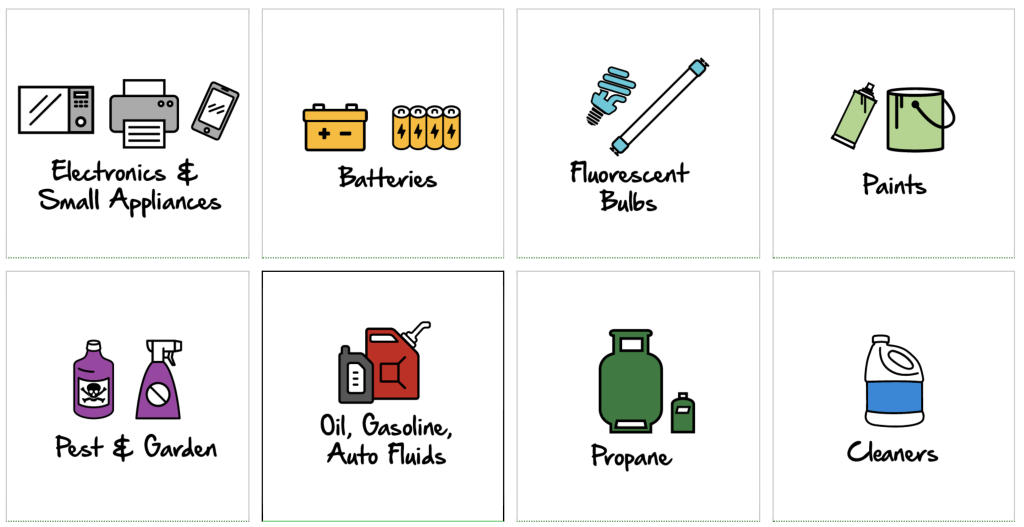1. General introduction
Along with the development of industrialization and urbanization, various types of waste from human activities tend to increase in quantity such as from sewage, domestic waste, industrial waste to industrial waste. toxic waste. Among these wastes, domestic waste from human activities, especially from densely populated urban areas, is one of the urgent issues that need to be addressed in order to maintain the quality of life. good living conditions for people.

Household waste products containing corrosive, toxic, flammable, etc. must be considered as “hazardous domestic waste”. Products such as paints, detergents, greases, used batteries and insecticides, disinfectants, etc., which contain potentially hazardous substances, are ingredients that require special requirements when We stop using them.
A rather dangerous and wasteful habit that we often do is to dump these wastes right down the drain , into the toilet sink, or in some cases we even store them right there. stay in the house for a while. The dangers of such habits may not have an immediate impact, but it is clear that such practices are inappropriate and can pollute the environment as well as pose a threat. threaten human health.
2. Dangerous products in the house
Most consumers are not consciously aware of the dangerous toxic products they are using in their homes. That is why when we go to buy goods to use, most of us do not have a sense of the toxicity of the item we need to buy, and there are also very few people who intend to use substitute products because of the nature of the product. their convenience.
First, how do I know if the item I want to buy is dangerous?
When reading the product’s label attached to the product packaging we can notice: the reminders when to use. In principle, the manufacturer must provide instructions, indicating what is the immediate danger of the product, whether it is hazardous, toxic, flammable or corrosive. Products that do not list common words or symbols are less dangerous products.
In general, a product is hazardous when it contains one or more of the following attributes:
- Flammable: Can easily burn in a fire or be ignited
- Explosive/Reactive: May explode when exposed to light, heated or under pressure
- Corrosive: May cause fire and damage to delicate fabrics
- Toxic: May cause injury or death through ingestion, inhalation, or skin absorption
- Radiation: Can damage and destroy cells or the physical environment.

Some of the hazards that can be encountered from using products in the home
- Mixtures of several hazardous products may produce dangerous vapors, explosions or fire
- Products containing acids or other chemicals that can burn the skin, cause eye injuries or affect the respiratory system
- Insecticidal chemicals (disinfectants, fly repellents, mosquitoes, cockroaches…), paints and solvents can cause dizziness, headache, nausea, sweating, affect to the nervous system…
- Repeated exposure (long-term, repeated …) to some common chemicals in daily use can cause cancer or other defects.
- Hazardous materials placed in household and public waste containers can seriously injure garbage collectors.
3. Household hazardous waste management
Here is a list of some do’s and don’ts for the safe use of household chemical products:

Reference source: Hazardous waste management textbook – Author: Prof. Dr. Lam Minh Triet, Dr. Le Thanh Hai – Hanoi Construction Publishing House – 2006
Written by: Do Thi Hue
Posted Date: 12/12/2022



 Tiếng Việt
Tiếng Việt 日本語
日本語